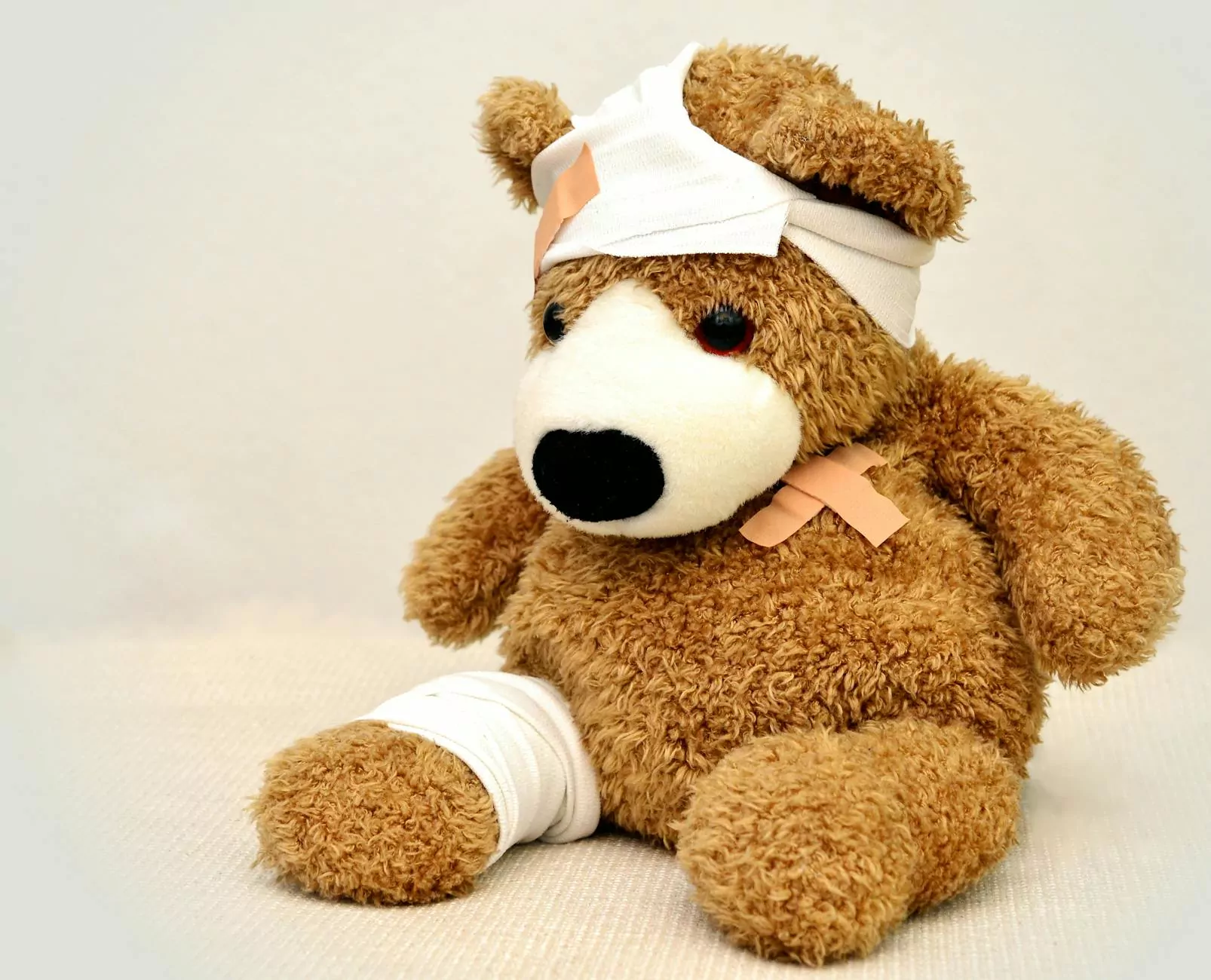Sprains and Strains - Gateway Family and Urgent Care
Services
Understanding Sprains and Strains
When it comes to musculoskeletal injuries, one common occurrence is sprains and strains. Benjamin Shettell, MD at Gateway Family and Urgent Care specializes in providing comprehensive treatment options for individuals who have experienced these injuries.
What Are Sprains?
A sprain typically occurs when a ligament, the tissue that connects bones together, is stretched or torn due to excessive force or sudden movement. Sprains most commonly affect the ankles, wrists, and knees.
What Are Strains?
On the other hand, strains are injuries that affect muscles or tendons, which are the tissues responsible for connecting muscles to bones. These injuries often happen due to overuse, repetitive motions, or sudden excessive force.
Causes and Symptoms
Sprains and strains are often the result of physical activities, such as sports or accidents. They can occur during day-to-day tasks as well. Understanding the causes and symptoms is crucial to identifying and treating the injuries promptly.
Symptoms of Sprains
- Pain or tenderness around the affected joint
- Swelling and bruising
- Difficulty with movement
Symptoms of Strains
- Pain or soreness in the affected muscle
- Reduced flexibility or range of motion
- Swelling or muscle spasms
Risk Factors and Prevention
While sprains and strains can happen to anyone, certain factors increase the risk. These include:
- Engaging in high-impact sports or activities
- Insufficient warm-up or cool-down exercises
- Poor conditioning or muscle weakness
To prevent these injuries, it is important to:
- Participate in regular physical activity to build strength and flexibility
- Use proper techniques and equipment during sports or exercise
- Warm up before physical activity and cool down afterward
Treatment and Recovery
Medical Evaluation and Diagnosis
If you suspect a sprain or strain, seeking medical evaluation is vital for proper diagnosis and treatment. Benjamin Shettell, MD will perform a thorough examination, which may include imaging tests like X-rays or MRI to assess the severity of the injury.
Treatment Options
Based on the assessment, Dr. Shettell will develop an individualized treatment plan to facilitate a speedy recovery. The treatment options for sprains and strains may include:
- RICE (Rest, Ice, Compression, Elevation) method for immediate pain relief
- Prescription medications for pain management
- Physical therapy exercises to regain strength and improve mobility
- Bracing or immobilization techniques
- Surgical intervention for severe cases
Recovering from Sprains and Strains
Recovery time will vary depending on the severity of the injury. Following the prescribed treatment plan diligently and adopting healthy habits can expedite the healing process. It is important to:
- Rest the injured area to prevent further damage
- Use ice packs and compressions to reduce swelling
- Elevate the affected limb to improve blood flow
- Follow specific exercise routines recommended by Dr. Shettell
- Attend regular follow-up appointments for progress evaluation
Contact Gateway Family and Urgent Care
If you or a loved one is experiencing a sprain or strain, don't hesitate to reach out to Benjamin Shettell, MD at Gateway Family and Urgent Care. Dr. Shettell and his experienced team are dedicated to providing comprehensive care, ensuring efficient recovery and restoring a sense of well-being. Contact Gateway Family and Urgent Care today to schedule an appointment or for more information.










